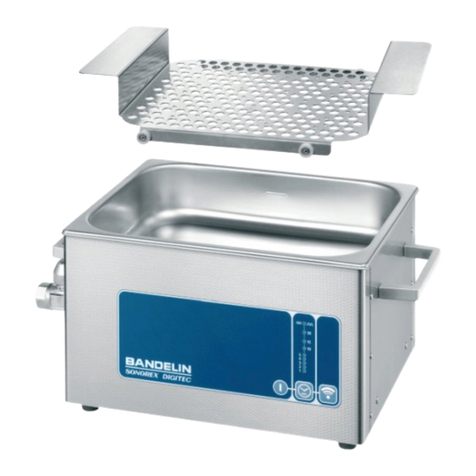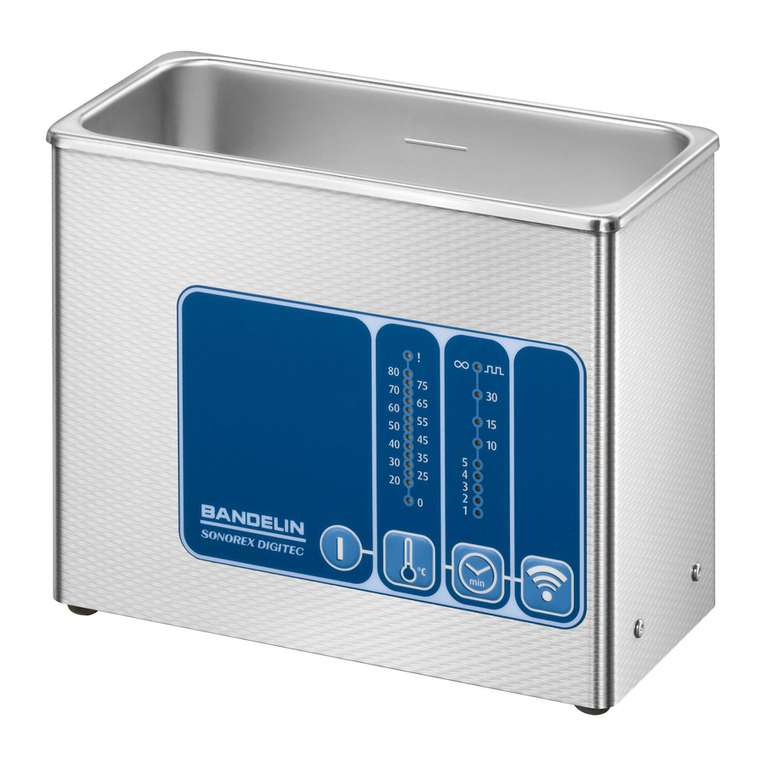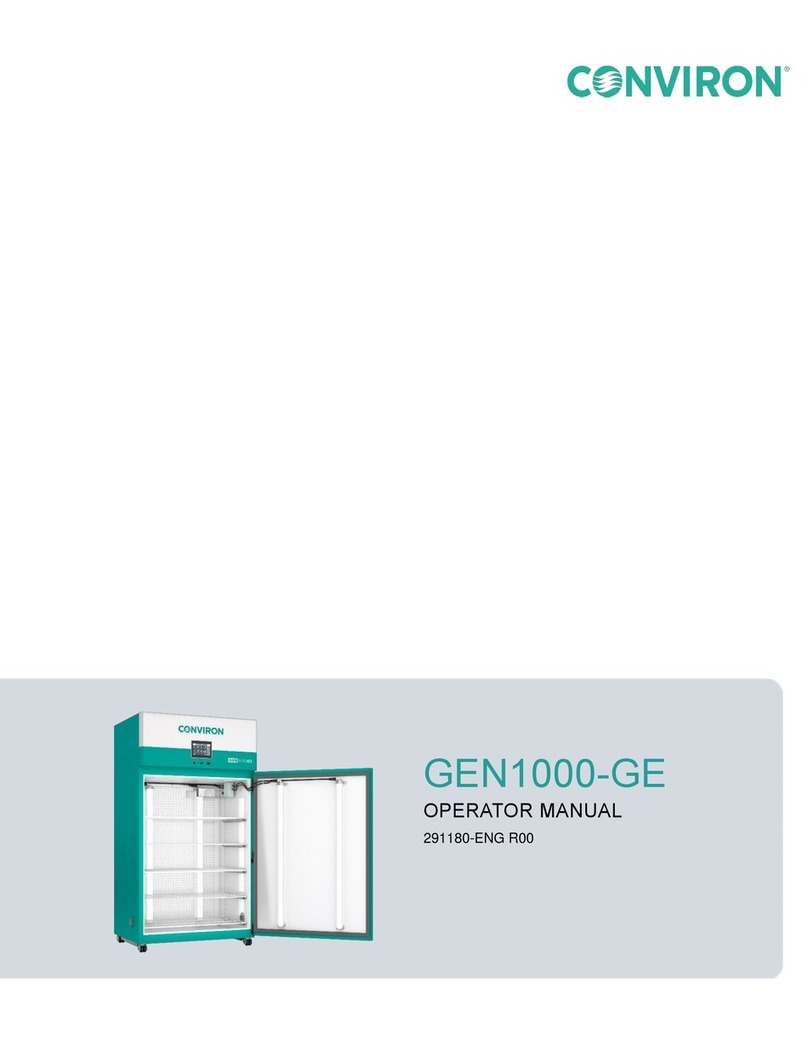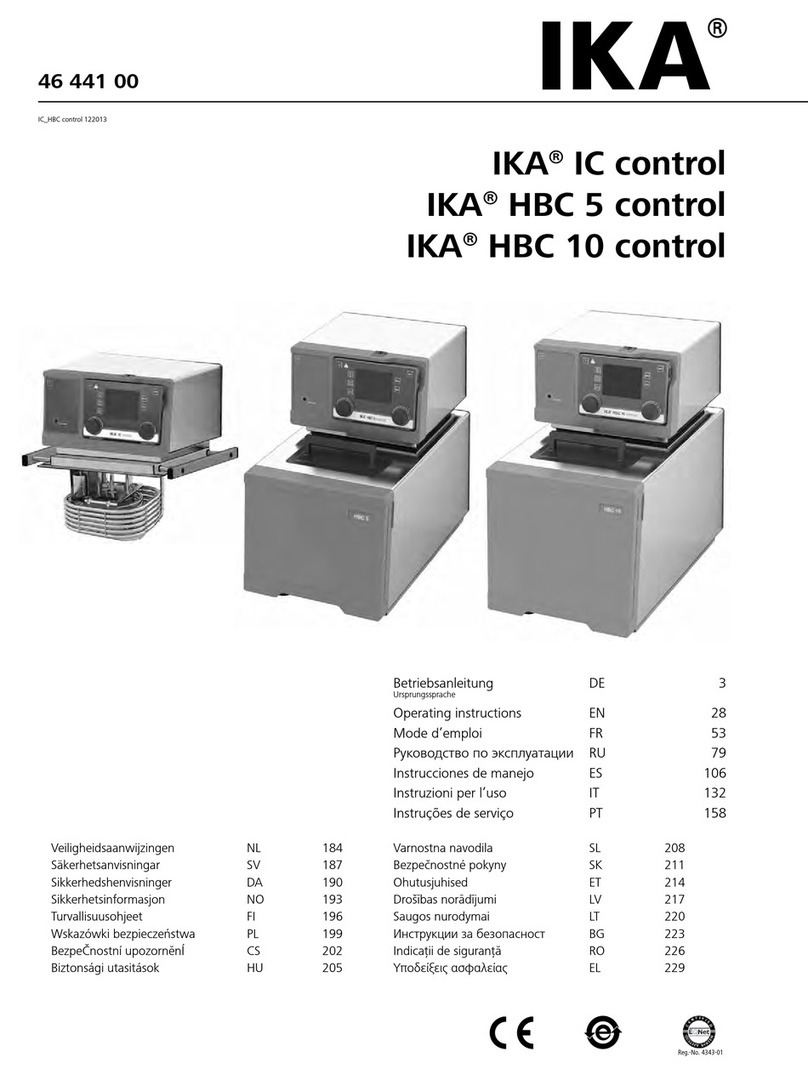BANDELIN Trison 4000 User manual
Other BANDELIN Laboratory Equipment manuals
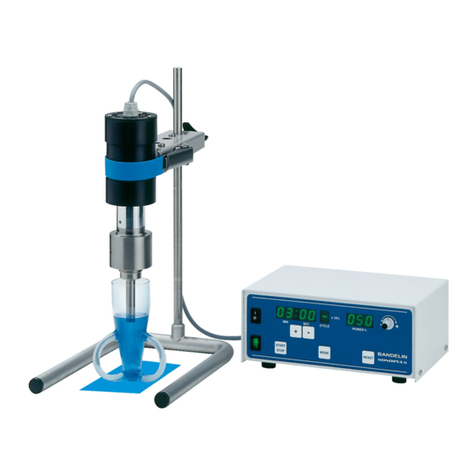
BANDELIN
BANDELIN Sonoplus HD 2070 User manual
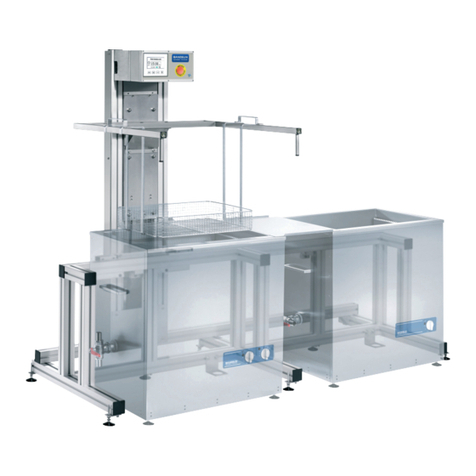
BANDELIN
BANDELIN SONOREX TECHNIK MB User manual

BANDELIN
BANDELIN SONOREX TECHNIK W 65 User manual
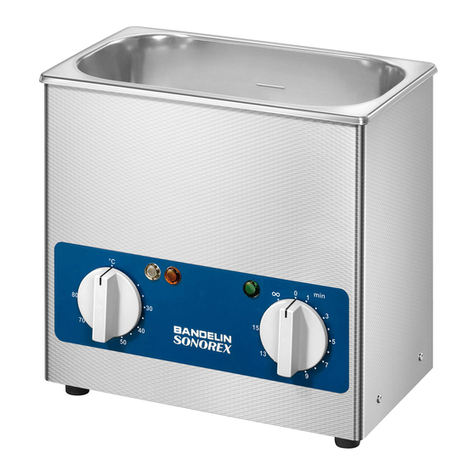
BANDELIN
BANDELIN Sonorex Super RK 31 User manual

BANDELIN
BANDELIN Sonorex Super RK 31 User manual
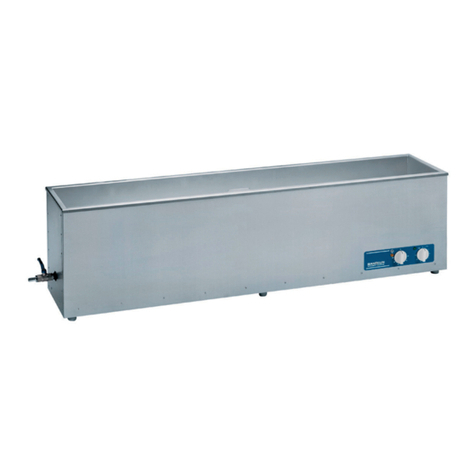
BANDELIN
BANDELIN SONOREX TECHNIK RL 70.2 UH User manual
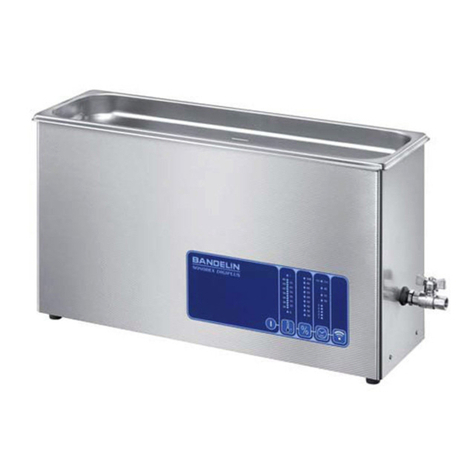
BANDELIN
BANDELIN Sonorex Digiplus DL 102 H User manual
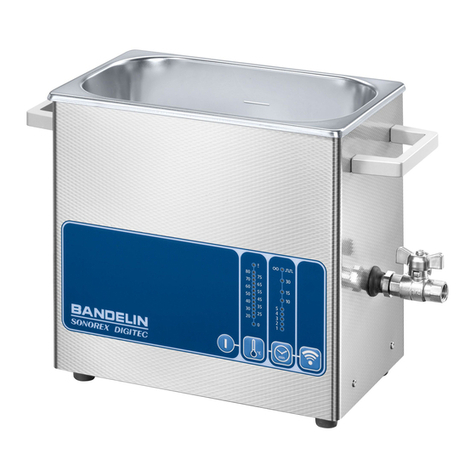
BANDELIN
BANDELIN SONOREX DIGITEC-RC User manual
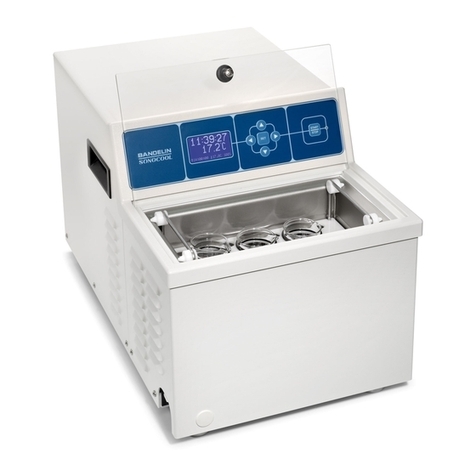
BANDELIN
BANDELIN SONOCOOL 255 User manual

BANDELIN
BANDELIN SONOPULS LS 40 User manual
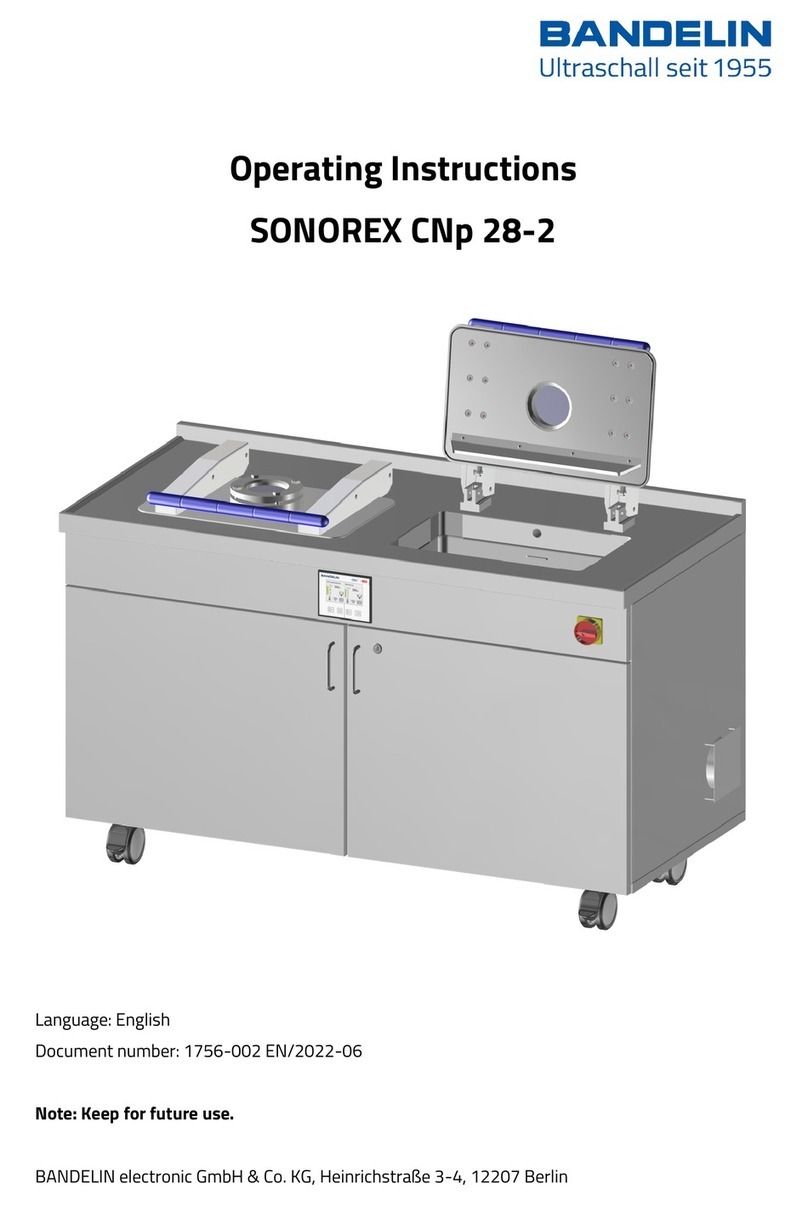
BANDELIN
BANDELIN SONOREX CNp 28-2 User manual
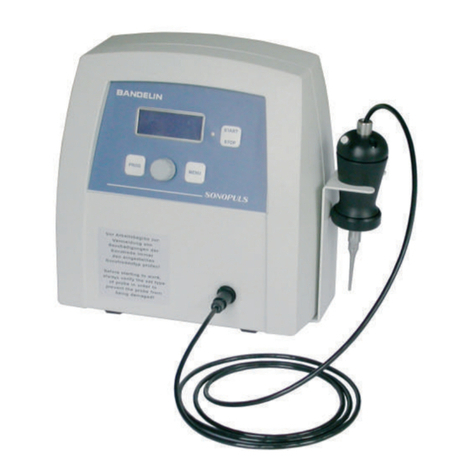
BANDELIN
BANDELIN SONOPLUS mini20 User manual
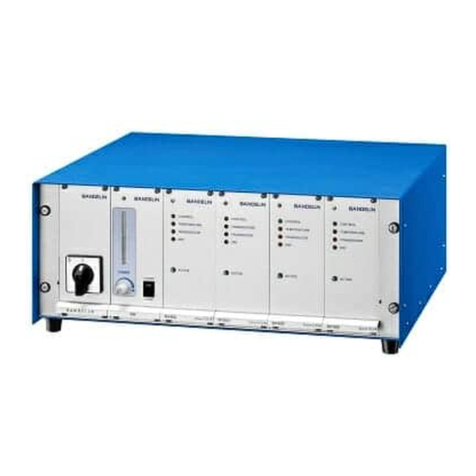
BANDELIN
BANDELIN SONOREX TECHNIK LG Series User manual
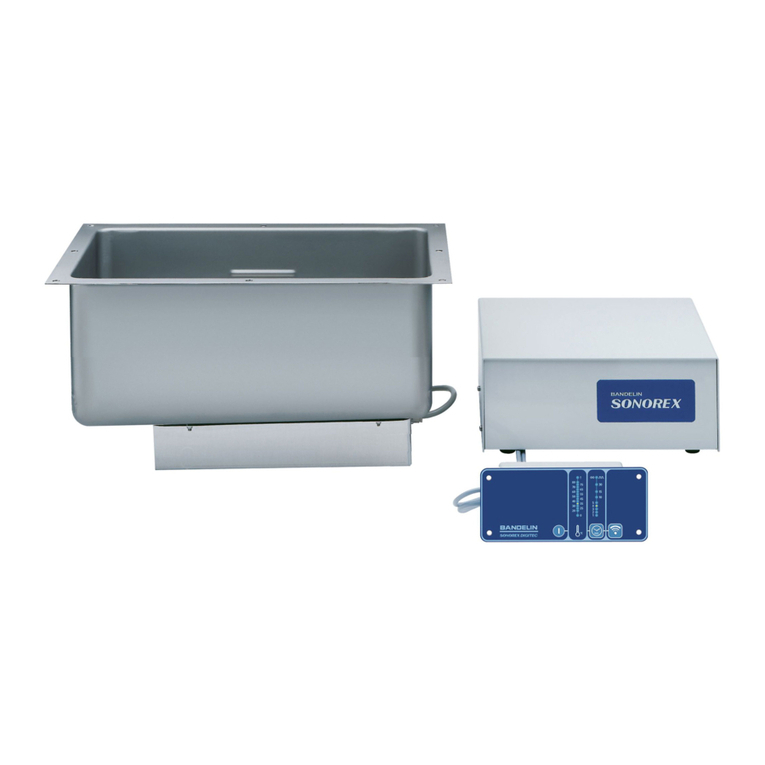
BANDELIN
BANDELIN SONOREX ZE 1031 User manual

BANDELIN
BANDELIN SONOREX TECHNIK MB RM 180 User manual
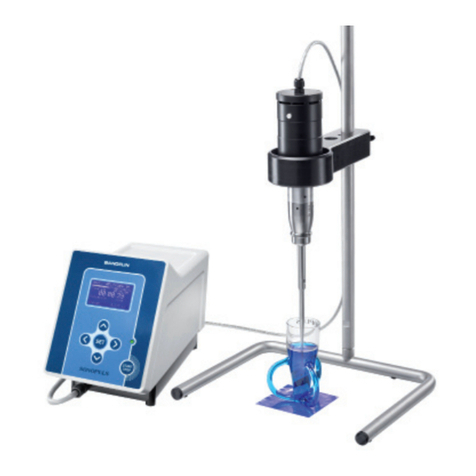
BANDELIN
BANDELIN Sonopuls HD 4050 User manual

BANDELIN
BANDELIN SONOPULS HD 4200-SB User manual
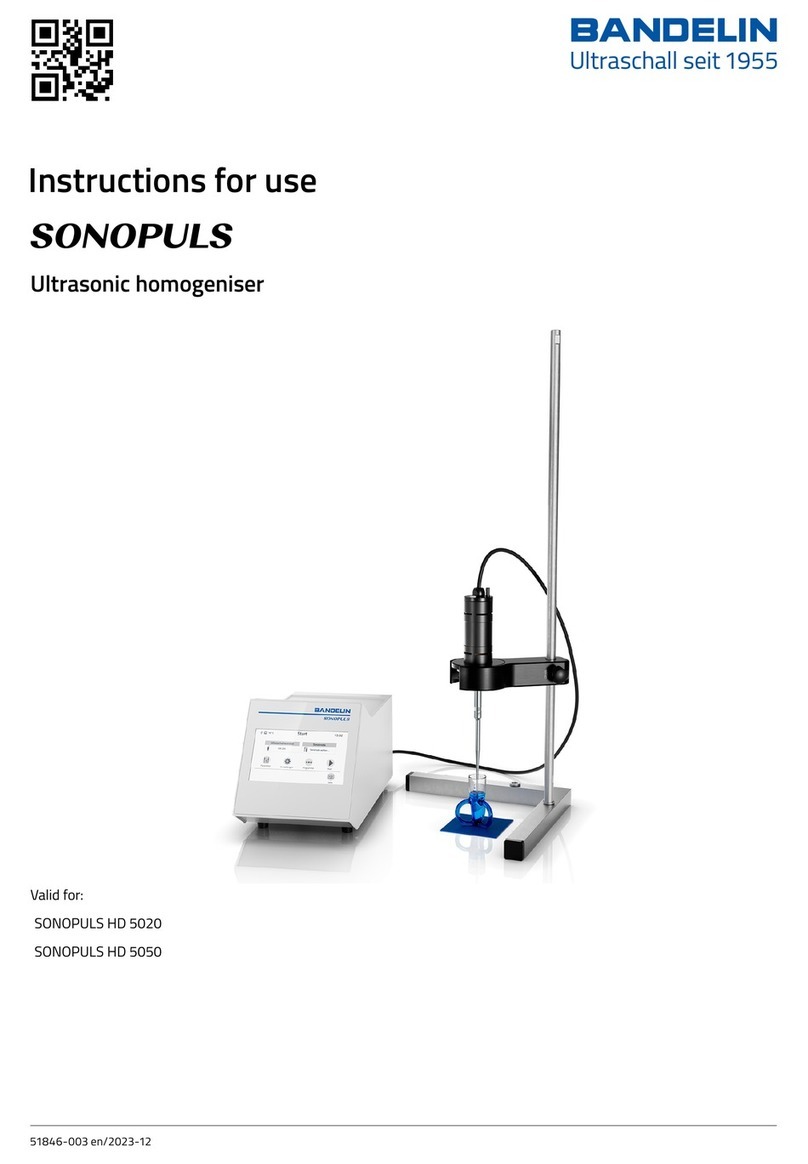
BANDELIN
BANDELIN SONOPULS HD 5020 User manual
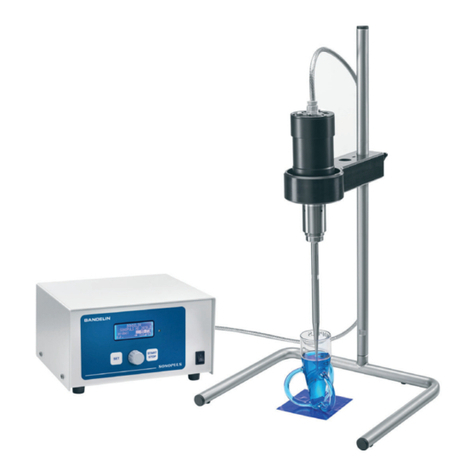
BANDELIN
BANDELIN SONOPULS User manual
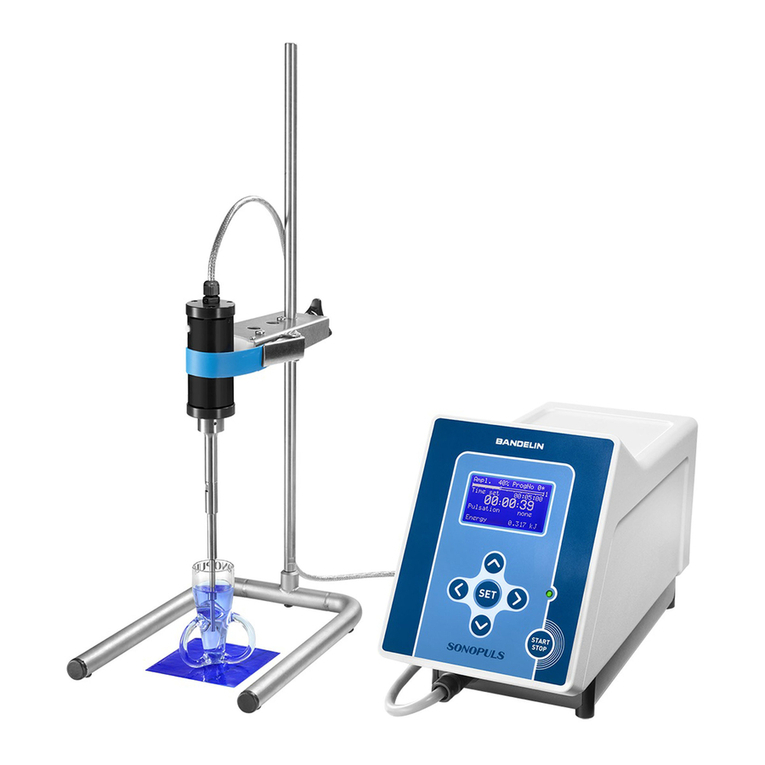
BANDELIN
BANDELIN Sonoplus HD4050 User manual
Popular Laboratory Equipment manuals by other brands
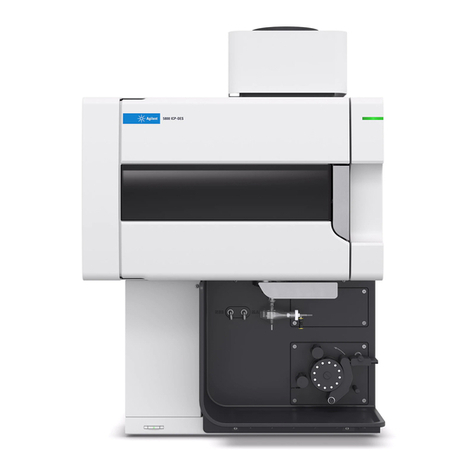
Agilent Technologies
Agilent Technologies 5800 ICP-OES user guide

Endress+Hauser
Endress+Hauser Cleanfit CPA875 operating instructions

NI
NI PXI-5422 CALIBRATION PROCEDURE
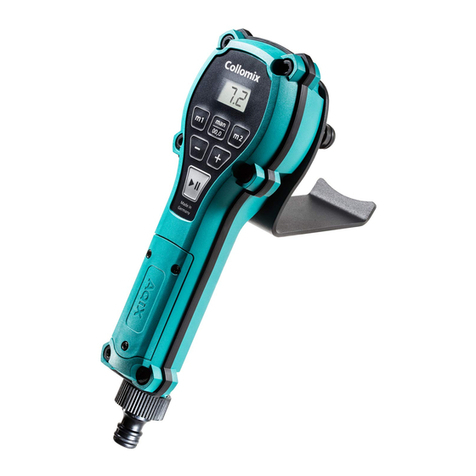
Collomix
Collomix Aqix operating instructions
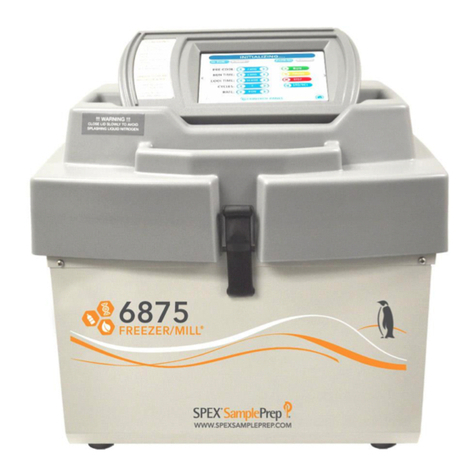
SPEX SamplePrep
SPEX SamplePrep 6875 Freezer/Mill Series operating manual
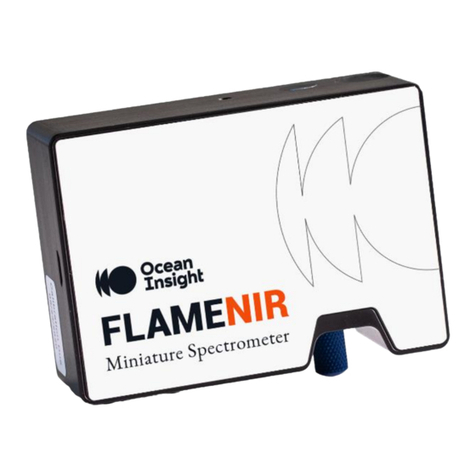
Ocean Insight
Ocean Insight FLAME-NIR+ Installation and operation manual
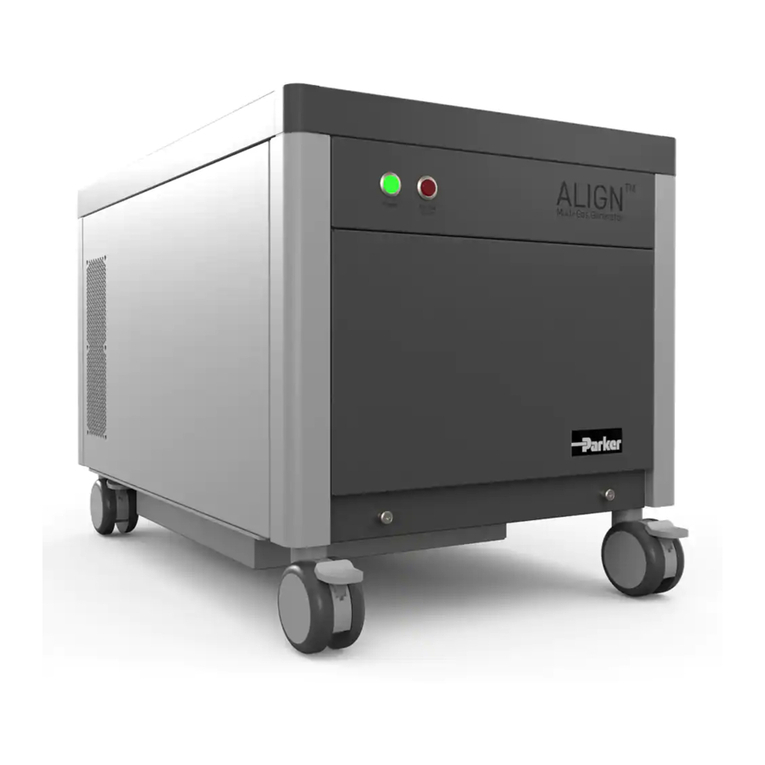
Parker
Parker ALIGN-MG-NA Installation, operation and maintenance manual
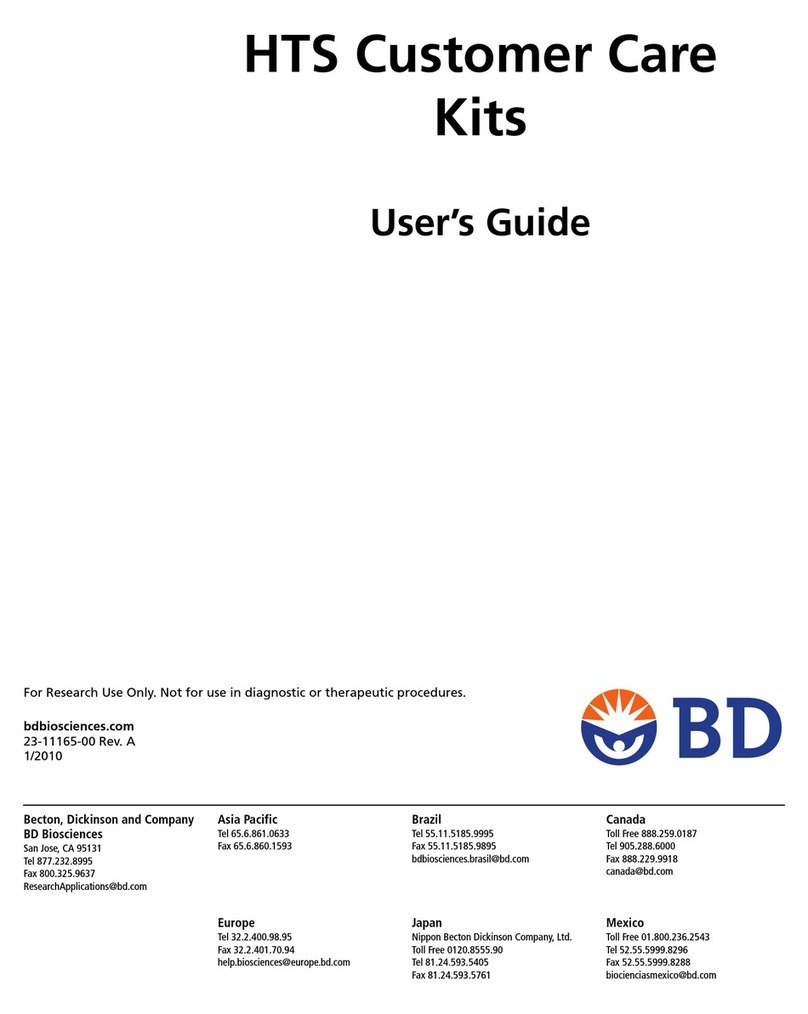
BD
BD 644787 user guide

DENTAURUM
DENTAURUM Compact Megaplus Instructions for use
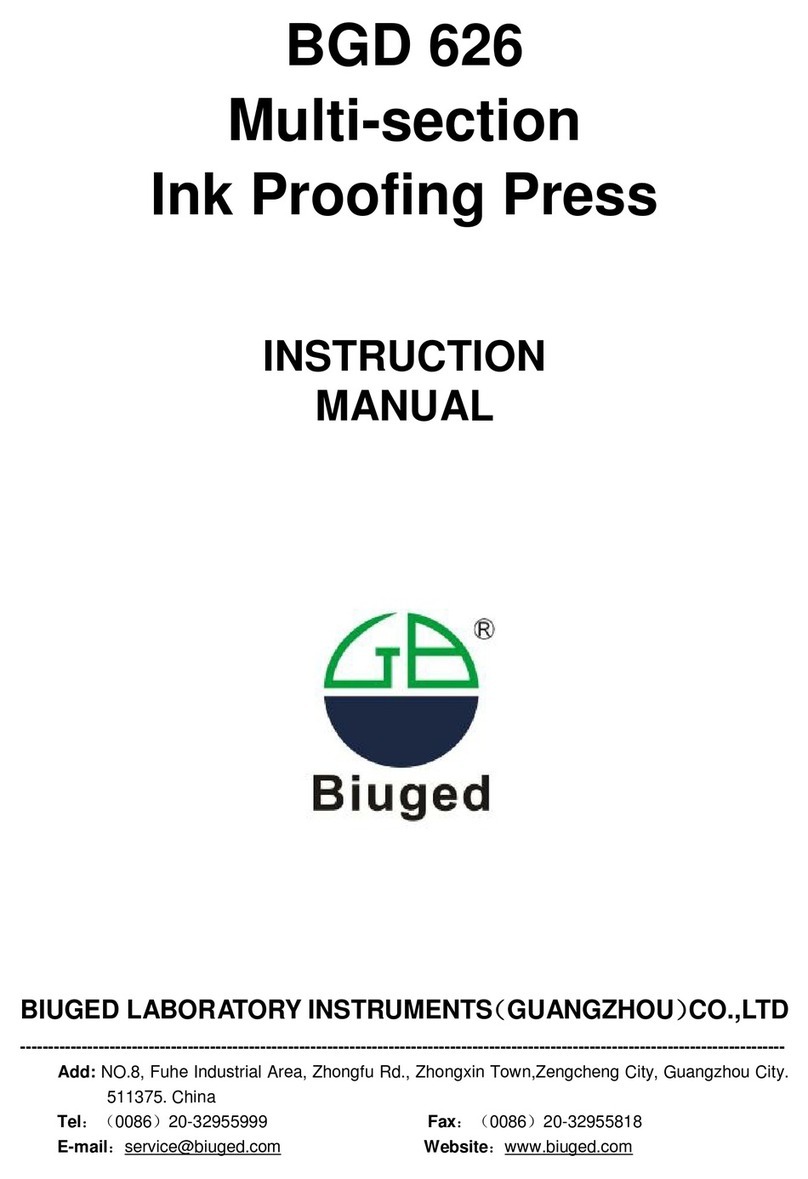
Biuged Laboratory Instruments
Biuged Laboratory Instruments BGD 626 instruction manual
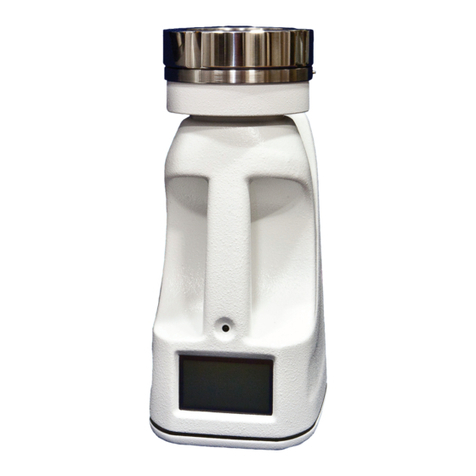
VWR
VWR SAS Super IAQ instruction manual
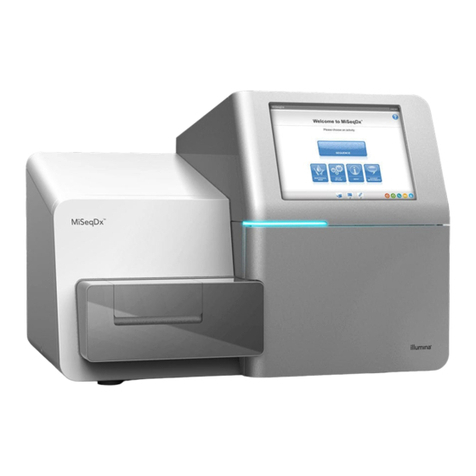
illumina
illumina MiSeqDx reference guide

